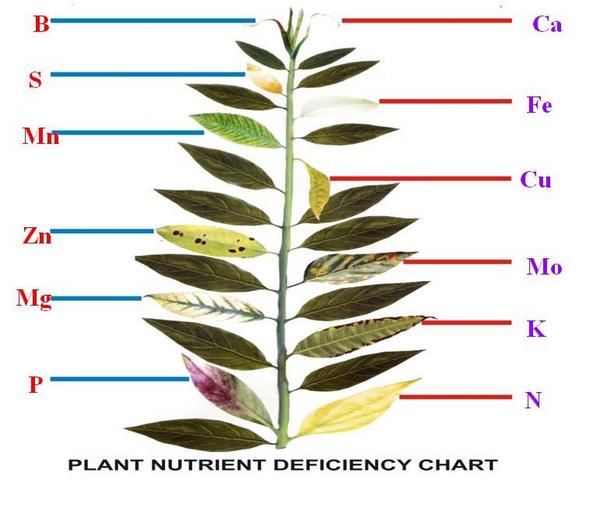Here are the Canadian guidelines for operating a UAV via @Transport_gc. Thanks to @AndrewMDavidson
Unmanned Air Vehicle (UAV)
http://www.tc.gc.ca/eng/civilaviation/standards/general-recavi-brochures-uav-2270.htm?WT.mc_id=ba3be
Personal Aviation, Special Flight Operations & Launch Safety…
ContinueAdded by OntAG Admin on August 21, 2014 at 6:30am — No Comments
BioAmber Plant in Sarnia - CBC Video Explains The Product and the Process
THE EXCHANGE WITH AMANDA LANG -BioAmber's natural chemistry
Interview with Mike Hartmann, Executive Vice President of BioAmber
BioAmber has developed an environmentally friendly way using corn (replacing petroleum with sugar) to make a common chemical (succinic acid) used in a wide range of products - from plastics and polymers to cosmetics and de-icing solutions. Hartman explains the product, process and why they chose Sarnia for their first plant.
WATCH THE CBC…
ContinueAdded by OntAG Admin on August 20, 2014 at 8:00am — No Comments
Farms.com Corn Report: Late Season Corn Disease Scouting Tips.
Added by OntAG Admin on August 15, 2014 at 8:49am — No Comments
Schedule of Upcoming Local Plowing Matches in Ontario
 County County |
DATE | Location |
Algoma (St. Joseph)
|
Aug… |
Added by OntAG Admin on August 14, 2014 at 4:30am — No Comments
Latest Blog Posts
- Using UAVs and the Crop Imagery Data they Collect to Improve Crop Yields and Performance
- How to Use Precision Agriculture Data - Veritas Farm Management & Deveron UAS.
- A&L Laboratories Presentation on Soil Health at the Farms.com Precision Ag Conference.
- Farms.com 20 Years Helping Farmers and Agri Business.
- Farm Show Highlights: Action Trailers Walkaround Video
- Corn Report: Tips To Prepare Farm Machinery For Harvest
- Alpine Agronomy Tips: Liquid Fertilizers Can Increase Soybean Yields.
Most Popular Blog Posts
- Photo: Ontario Farm Fields That Have Only Seen Soybeans &/or Corn from 2011 to 2013
- Graph: Corn Yield Response to Soil N and Soil Health - Ridgetown College Study
- Are those Christmas lights in Ontario? Nope it's a map of corn (red) vs soybean (grn) grown in 2013
- Daynard: Critique of the Ontario Government Document on Bee Health and Use of Neonicotinoid Pesticides
- FCC: Where are Farmland Values Heading?
- OFA: Election Priorities - TOP 4 issues that matter to Ontario farmers
- Farm Show at Western Fair in London. March 7-9, Will Be The Largest Ever. Agriculture Technology, Education, Entertainment.
Monthly Archives
2019
- May (3)
2018
- July (1)
2017
- October (2)
2016
2015
- December (1)
- October (1)
- September (2)
- July (2)
- June (2)
- May (3)
- April (8)
- March (4)
- February (1)
- January (5)
2014
- December (6)
- November (13)
- October (14)
- September (10)
- August (5)
- July (10)
- June (7)
- May (4)
- April (5)
- March (9)
- February (11)
- January (5)
2013
- December (3)
- November (2)
- October (5)
- September (3)
- August (5)
- July (2)
- June (3)
- May (4)
- April (2)
- March (5)
- February (3)
- January (1)
2012
- December (3)
- November (2)
- September (4)
- August (6)
- June (5)
- May (6)
- April (1)
- March (3)
- February (6)
- January (3)
2011
- December (5)
- November (1)
- October (3)
- September (2)
- August (1)
- July (2)
- June (3)
- May (2)
- April (3)
- March (2)
- February (5)
- January (3)
2010
- December (4)
- November (1)
- October (3)
- September (2)
- August (1)
- July (1)
- May (3)
- April (1)
- February (2)
- January (2)
2009
© 2026 Created by Darren Marsland.
Powered by
![]()
